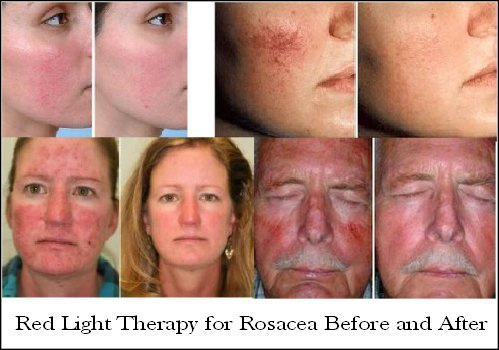The scientists discovered that the extreme light from red light-emitting diodes (LEDs) assisted promote growth and photosynthesis of plant cells.Red light was then studied for its potential application in medicine, more specifically to discover if RLT might increase energy inside human cells. The researchers hoped that RLT could be a reliable way to deal with the muscle atrophy, sluggish wound healing, and bone density problems triggered by weightlessness during area travel.

In this type of therapy, the light only serves as an activating representative for the medication. There are many different types of red light therapy.
Red light is believed to work by producing a biochemical effect in cells that reinforces the mitochondria. The mitochondria are the powerhouse of the cell it's where the cell's energy is developed. The energy-carrying molecule discovered in the cells of all living things is called ATP (adenosine triphosphate). By increasing the function of the mitochondria utilizing RLT, a cell can make more ATP.
RLT is various from laser or extreme pulsed light (IPL) therapies because it does not cause damage to the skin surface. Laser and pulsed light treatments work by causing regulated damage to the external layer of the skin, which then induces tissue repair work. RLT bypasses this extreme step by directly promoting regrowth of the skin.
Ever since the preliminary experiments in area, there have actually been numerous medical research studies and countless laboratory research studies performed to determine if RLT has medical advantages. Many research studies have had appealing outcomes, but the benefits of red light therapy are still a source of controversy. The Centers for Medicare and Medicaid Solutions (CMS), for instance, has actually determined that there isn't enough proof to show that these devices are better than currently existing treatments for treating injuries, ulcers, and pain.
At the minute, however, there's some proof to recommend that RLT might have the following benefits: Currently, RLT isn't endorsed or covered by insurer for these conditions due to lack of enough evidence. Although, a couple of insurance coverage companies now cover making use of RLT to avoid oral mucositis during cancer treatment.
RLT is considered experimental for most conditions. There's limited-to-no evidence revealing that traffic signal therapy does the following: It is very important to note that when RLT is used with cancer treatments, the light is just used to trigger another medication. Other light therapies have been used to aid with some of the conditions above.
Blue light treatment is more frequently utilized for acne, with limited effectiveness. Traffic signal wavelengths aren't the only wavelengths to be studied for medical functions. Blue light, green light, and a mix of different wavelengths have also been the topic of comparable experiments in people. There are other kinds of light-based therapies readily available.
You can likewise discover FDA-approved devices online that you can buy and use at home. You can try using these gadgets to combat the indications of aging, like age areas, great lines, and wrinkles, but make sure to check out the directions carefully.